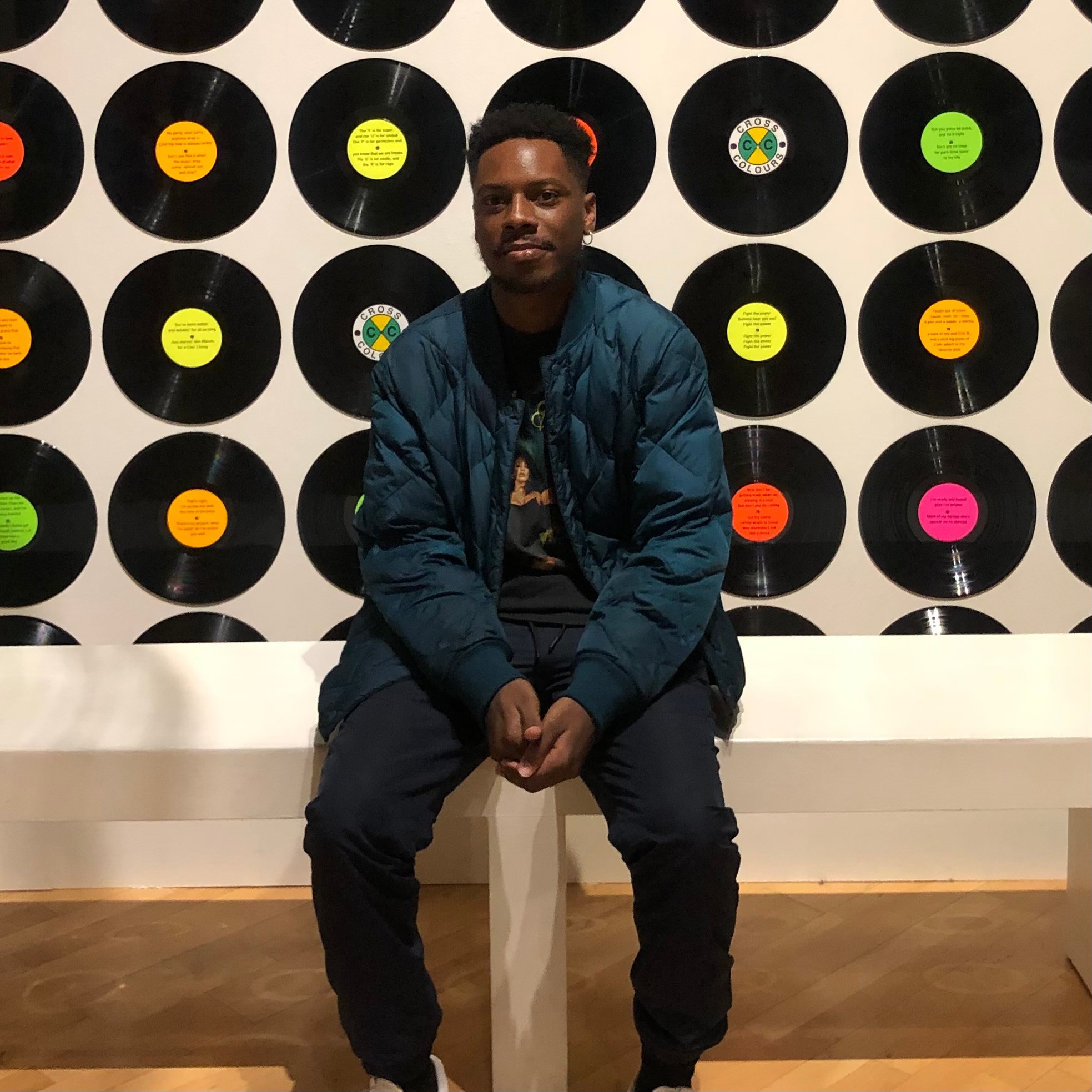We’re excited to introduce you to the always interesting and insightful Darryl Sharp Jr.. We hope you’ll enjoy our conversation with Darryl below.
Darryl, thanks for taking the time to share your stories with us today How did you learn to do what you do? Knowing what you know now, what could you have done to speed up your learning process? What skills do you think were most essential? What obstacles stood in the way of learning more?
I’ve been using Photoshop since the 10th grade in high school. I took Graphic Design because it was a prerequisite for the animation course I really wanted. In college, I studied Interior Design, but by the time I graduated, my interest had shifted. I found a lot of joy in doing graphic design projects for friends and local organizations instead.
My journey into motion graphics was self-taught and came later in my advertising career. With the job market being so competitive, I figured having motion graphics skills would give me a leg up compared to just knowing interior design.
Looking back, I wish I had taken more online courses to speed up my learning. A lot of what I learned was through my own exploration, but I’m envious of this generation with so many experts on YouTube and Skillshare making it easier to learn and get comfortable with the programs.
One major obstacle I faced was the fear of failing. We often quit if we’re not immediately good at something. But as a graphic and motion designer, I’ve learned that growth comes from being uncomfortable and pushing through challenges. That’s where real learning happens.

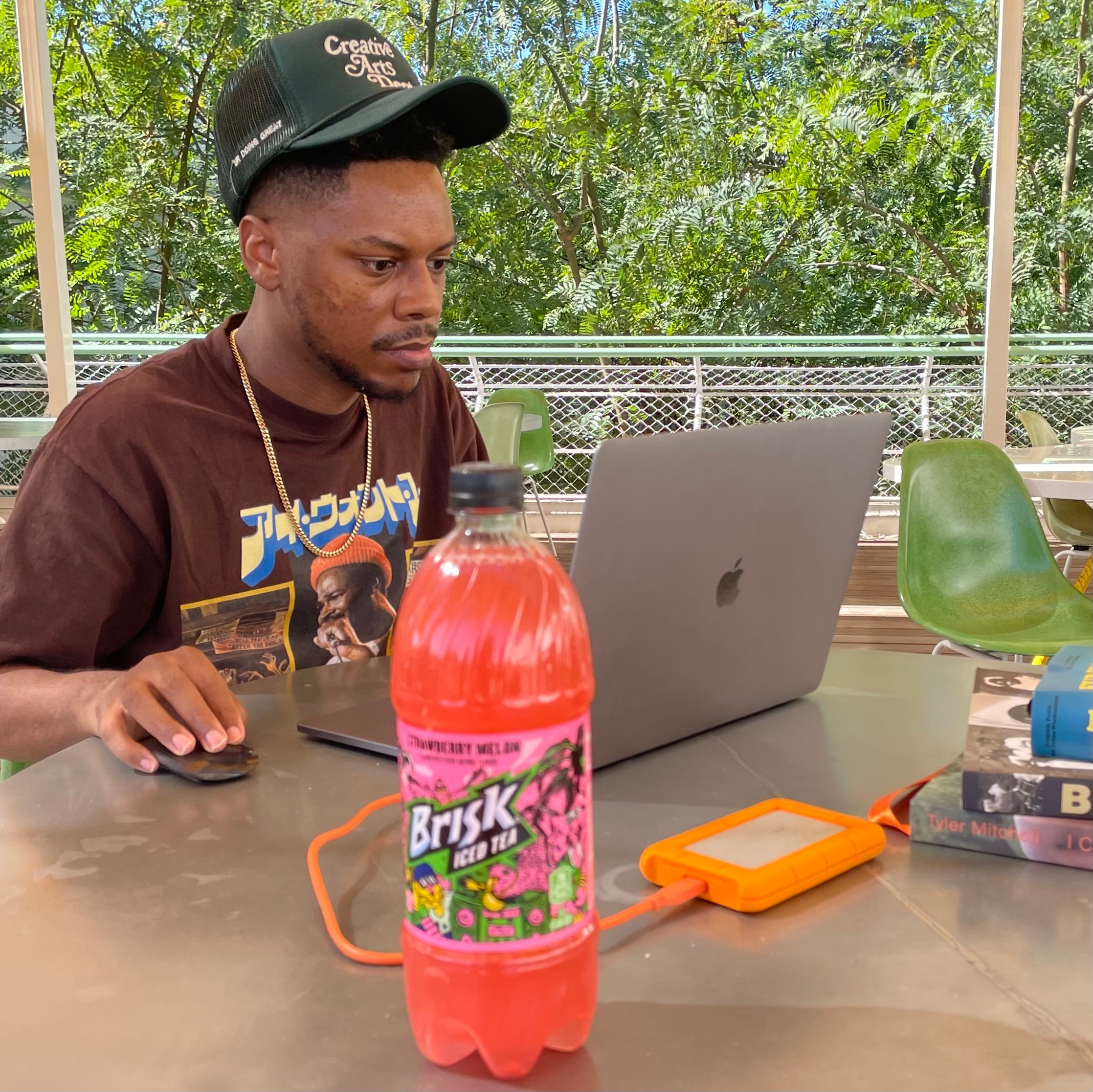
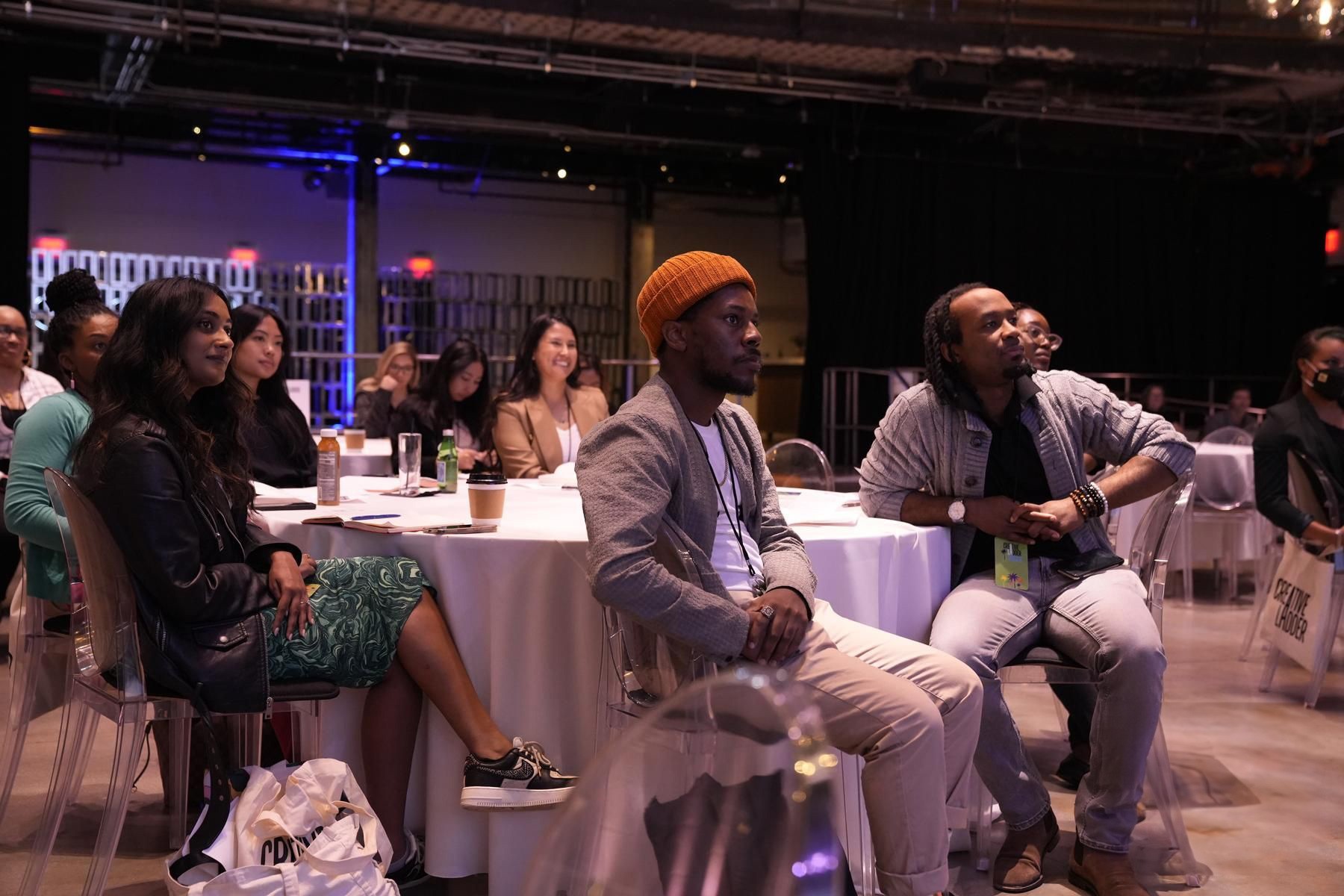
Awesome – so before we get into the rest of our questions, can you briefly introduce yourself to our readers.
Well, I’m a Virginia-raised, Los Angeles based graphic/motion designer and art director. Clients I love that Los Angeles can be such a playground to work from because there’s so much culture to tap into. Currently, I am a senior motion designer at RCA Records while also taking on other freelance opportunities whenever my bandwidth allows. My craft involves me finding solutions to provide motion and energy to otherwise static marketing materials for artists on RCA’s roster. This includes making album cover animations, video edits, song visualizers, and even billboards that may be seen at Times Square. I already love so many artists that are under the Sony Music umbrella so making assets for these musicians on a day-to-day basis still feels surreal and a dream come true. I can say proudly that I make album cover animations for a living.
I got into this industry thanks to the 72U program at 72andSunny. I didn’t know much about opportunities in advertising until the end of my undergraduate year but advertising was the perfect marriage of graphic design and the process of concepting that I learned as an interior design major. I was able to explore possibilities and be creatively curious while also working with renowned brands like ESPN, Activision, and Adidas. Thanks to the reputation 72andSunny holds for its work in the industry, I was able to bounce to other opportunities around sports and entertainment. These included working with clients like Beats by Dre, Nike, Warner Records, and Netflix.
What sets me apart is my curiosity. My workflow 5 years ago is not my workflow now and I’m always finding ways to incorporate new styles, executions, and ideas into my work. For example, I’ve been researching more efficient ways to work on animations with the help of AI and I feel like it has made me a stronger creative by embracing and adapting to change.
I’m most proud of the opportunities to create worlds thanks to motion design or in some respects add to the world others have created by animating things that would otherwise be static or still. One of the projects I’m proud of the most was working on the branding and animation for Netflix’s “Okay, Now Listen” podcast during the pandemic. It was the perfect pairing of branding with character animation and felt like the precursor for my dream of one day having my own animated series.
One takeaway I’d love to leave for anyone reading is that my biggest inspirations and barometers for my work is the cultural climate. I like my work to be my own commentary and perspective on what I see around me and really reflect my passions and interests like music, entertainment, comedy, and wacky thoughts and chuckles I get from social media.

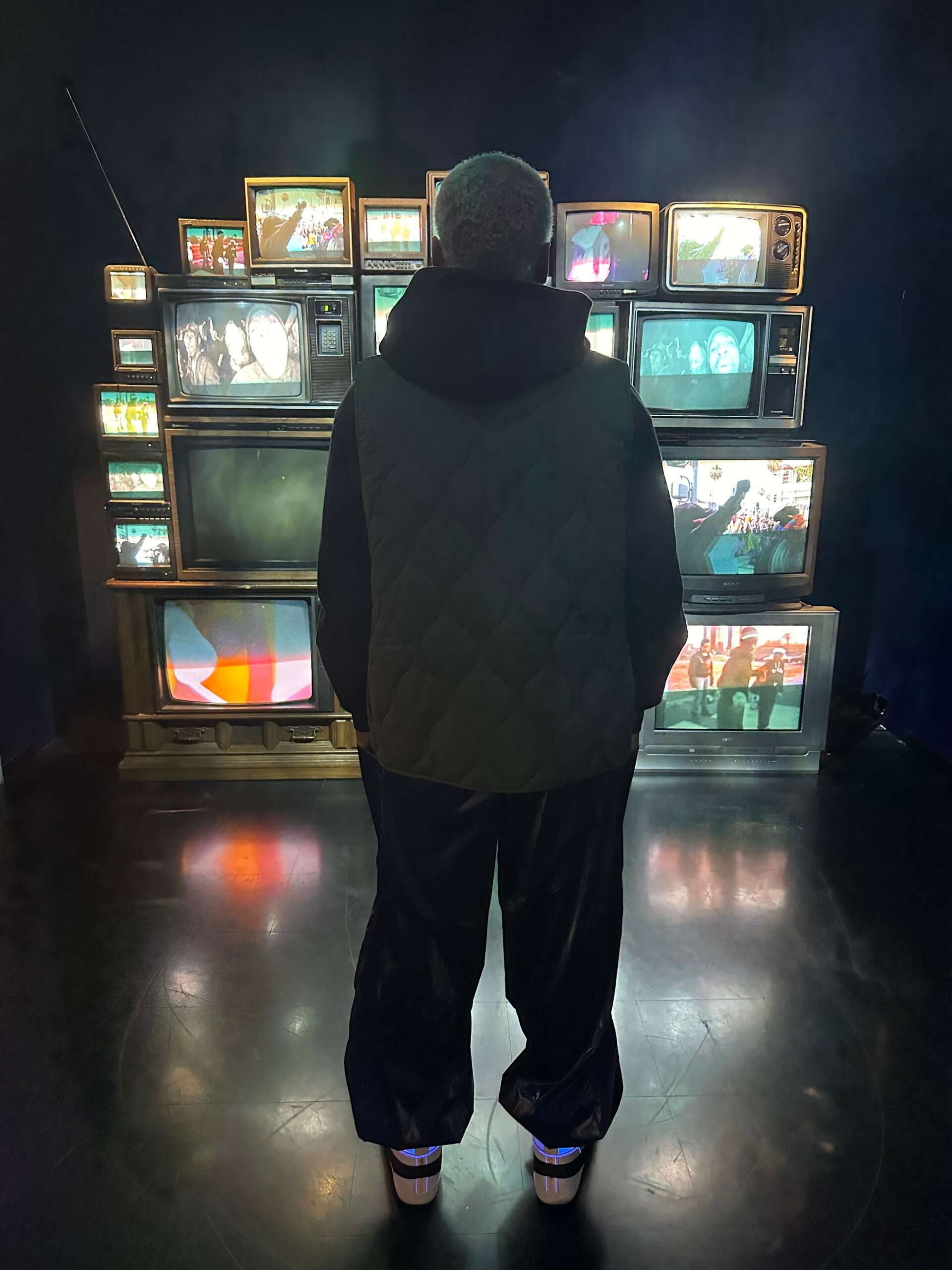
Any insights you can share with us about how you built up your social media presence?
Something that I learned early when I worked at Funny or Die was the importance of timeliness when it comes to the things that you create. In this culture of social media, the window of people’s attention is small and you’re able to catch your audience’s attention the best when your work is relevant and topical. To build my audience, I followed this same process. When I started making album cover animations on Instagram, I made sure to work on and share animations for recently released or upcoming album covers in order to grab the audience’s attention. The more popular, the better as well. For example, if Drake was dropping a new album, I would make a deadline for myself to animate and share my interpretation of the album cover animated at the same time the album was released. On Twitter (or X as it’s known now), I even created a thread of animations that I made that eventually went viral. My key takeaways for anyone trying to build an audience would be relevance and consistency. It’s easy to be lost in the shuffle if you’re not constantly in people’s feed so moving at a consistent pace where people are able to see your progress and development keeps you in the back of their mind and anticipating more from you. Consistency is also a great way for new eyes to continue to hone in on your content because in this world something old or redundant is fresh, new, and inspiring to another. You just have to fearlessly keep going forward.

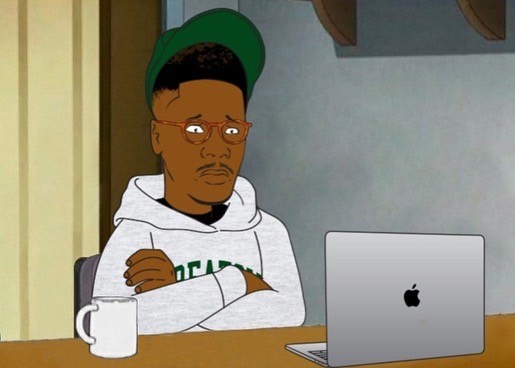
What do you find most rewarding about being a creative?
The most rewarding thing is shaping the next generation of creatives in some shape or form. I don’t know who is going to be reading this interview but I hope whoever is reading this absorbs some nugget that I shared (whether big or small) and runs with it or is introduced and inspired by something mentioned. Maybe someone reading was curious about motion design or what it’s like to work for a music label and I feel like I have succeeded as a creative if I’ve sparked interest or curiosity in someone to go down this path as well. I remember in high school I used to do deep dives on illustrators, designers, animators, and creatives I admired and wanted to follow in their footsteps based on glimpses of their journey that they shared. I hope my work is able to make the same impact on someone so they can learn and grow from my journey, mistakes, and process. As creatives we should do our best to nurture the next generation of artists instead of gatekeep.
Contact Info:
- Website: www.darrylsharp.com
- Instagram: @darrylthesharp
- Linkedin: https://www.linkedin.com/in/darryl-sharp-jr-79b36b4a/


